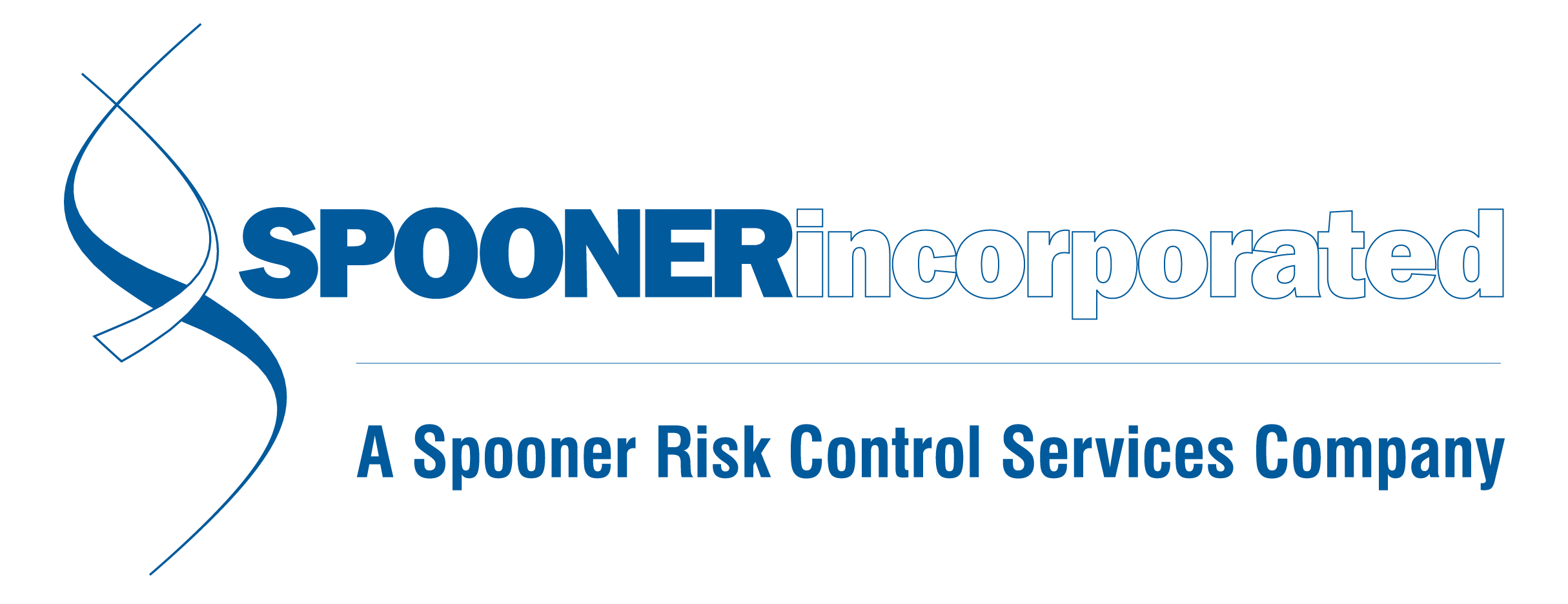News and Updates
Month: July 2024
2024 Safety Intervention Grant Applications Open
Ohio employers may be able to check one more thing off their wish list this year, without paying full price. Ohio BWC has opened the application period the Safety Intervention Grant (SIG) Program, which matches eligible state-fund employers $3 to $1 on investments to create a safer workplace. Most employers who have had an Ohio BWC policy for at least one year, are paying above minimum premium ($120+), current on installments and true ups with no lapses this year should be able to take advantage. Self-insuring employers, employers in a self-insured PEO, state agencies and state universities are not eligible. Every three years, eligible employers can apply for up to $40,000 in matching funds to purchase “equipment to substantially reduce or eliminate injuries and illnesses associated with a particular task or operation.” The first thing to note is that if your organization wants to benefit from the Safety Intervention Grants, is that you must complete this process before purchasing equipment. We know this paperwork can be daunting, and we encourage Spooner clients to reach out to us for assistance with these grant applications. Be prepared with info on any workers’ comp claims or incidents associated with the particular area or task, the number of employees performing the task, and explore vendors to get price quotes on the equipment you have in mind. As always, there are items and services that grant funds can’t be used for - like standard PPE, train
2024 True Up
BWC’s True Up window began on July 1, 2024 and will run through August 15, 2024. This is a process required by Ohio BWC at the end of each policy year, where your premiums based on projected payroll for the previous policy year are balanced with premiums based on your actual payroll over the past year. Compliance with both the reporting and payment of any balances affects your company’s eligibility for most savings programs (like Group and Group Retro). If your actual payroll was higher than projected, you’ll be expected to pay that balance to Ohio BWC no later than August 15th. If you are unable to pay the lump sum at that time, please note that any future premium installments will first be applied to your delinquent True Up Balance before being applied to your premium installments. Payment plans for True Up balances are only available through the Ohio Attorney General’s office following an application process. If this year’s True Up caught you by surprise, next year consider running a mock report in May or June to help your company prepare for any balance that may be owed. The payroll classifications and totals reported this summer will be used to determine your 2025 policy year premiums. For the 2024 policy year that just began, BWC will be using payroll projections based on your True Up from July 2023. Adjustments to your estimated payroll can also be made throughout the year by contacting BWC at 1-800-644-6292. Spooner clients
July 2024 OSHA Update
Late June and early July saw two important regulatory-related updates, one of which could potentially impact the other. First, on June 28, 2024 – the U.S. Supreme Court issued a ruling in Loper Bright Enterprises vs. Raimondo that may change who is responsible for interpreting laws and regulations issued by a government entity. Prior to June 2024, the US Supreme Court was guided by the 1984 ruling in Chevron vs. Natural Resources Defense Council Inc – which determined that the agency that created the statute in question would be deferred to on interpretation, unless Congress had specifically addressed it previously. This has since been called the “Chevron Deference.” Following the June 28th Loper Bright ruling, the judicial branch will have the power to interpret such statutes. This change in administrative law could impact any employer that is subject to government regulations, including matters involving OSHA. Speaking of OSHA, they made headlines again in July as the proposed heat illness rule was finally made public. If you’re unfamiliar with the rulemaking process, it can still take another year or more for this proposed rule to become a reality that employers must comply with. Once the proposed rule is officially published in the Federal Register, it will then be open to commentary from interested parties for 120 days. However, it’s important to note that OSHA still has a National Emphasis Program (NEP) on heat i


